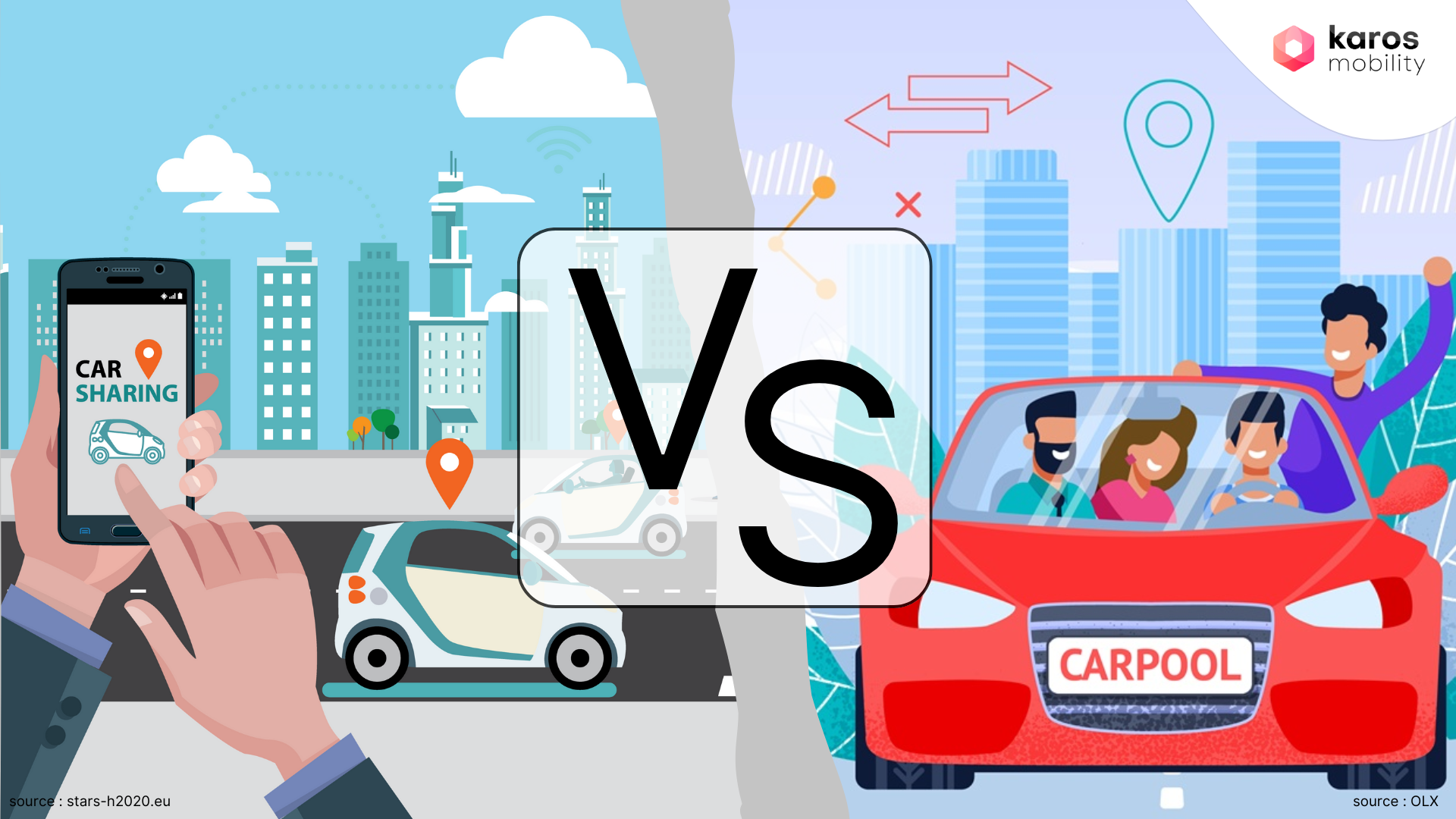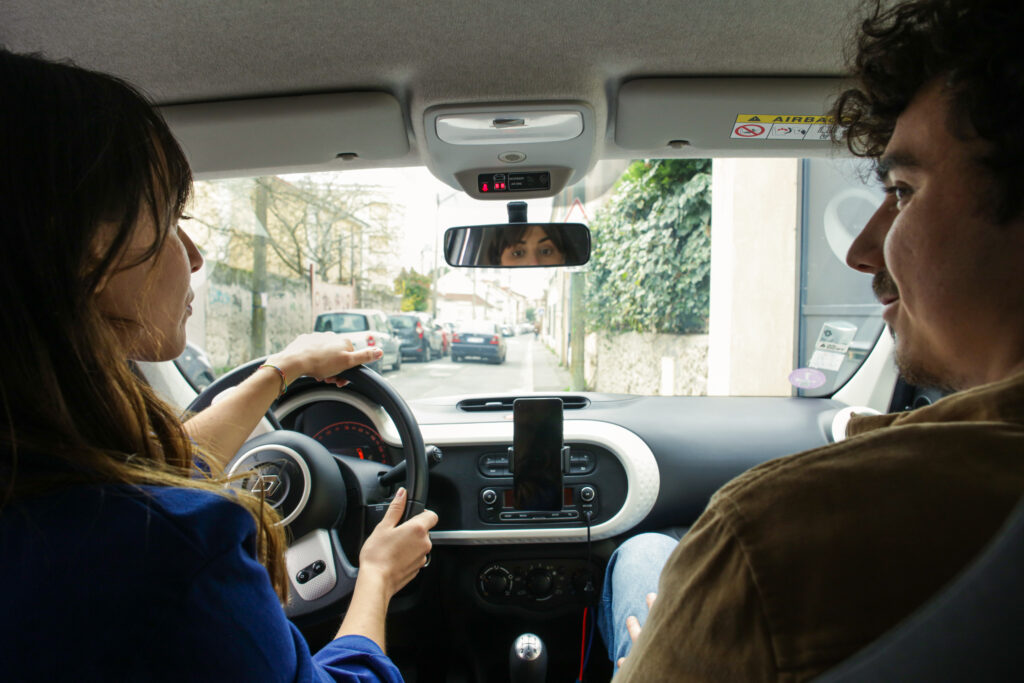What Sets Carpooling Apart from Carsharing?

The topic of mobility is garnering increased attention for various reasons, including environmental concerns, economic considerations, and personal well-being. While some choose to walk, others opt for scooters or bicycles. However, the car remains the preferred mode of transportation for many Europeans, with private cars accounting for between 82% and 83.1% of daily journeys in Europe between 2010 and 2019, peaking at 87.2% in 2020 during the COVID-19 pandemic. In response to evolving commuting challenges, alternatives like home-work carpooling and carsharing have emerged. But what truly distinguishes these two practices?
Carsharing: Mobility Without Car Ownership

Carsharing involves a fleet of vehicles shared among users who require a vehicle for a specific duration.
There are two fundamental principles of carsharing:
- Vehicle Ownership and Availability: Carsharing services purchase and make vehicles available to subscribers.
- Short-Term Rentals: Users can reserve a vehicle via an application, online platform, or occasionally by phone. They select the rental period, vehicle model, and pickup/drop-off location.
In most cases, fuel, vehicle maintenance, and insurance are included in the user’s rental fee.
According to a study by ADEME, each car-sharing vehicle replaces 10 private cars and frees up 9 parking spaces. For consistent mobility needs, carsharing can reduce the number of company or service vehicles in a fleet by an average of 30%.
Pros: Carsharing offers exclusive use of the vehicle to users.
Cons: Availability of vehicles in all areas at all times, especially during peak demand, can be challenging to guarantee. Additionally, carsharing doesn’t improve the occupancy rate; it maintains the individual use of the vehicle.
Daily Carpooling: Optimizing Your Commutes

Carpooling involves sharing one’s personal vehicle with others traveling the same route, either entirely or partially.
The primary motivations for carpooling are typically cost-sharing and environmental considerations. Drivers receive payment from passengers, while passengers find it economical compared to driving their own cars.
Environmental impact reduction is a key benefit, as mentioned earlier. On average, there is 1.1 person per car. Carpooling helps combat this inefficiency, resulting in fewer cars on the road.
Yet, carpooling isn’t without its challenges, including finding fellow carpoolers, coordinating schedules, calculating cost-sharing, and more.
That’s where Karos Mobility comes in. We offer an intelligent carpooling application that understands our users’ habits. Our algorithm optimizes planned trips, sparing you the effort of finding carpool partners. Artificial intelligence analyzes trips to save everyone time.
Pros: Carpooling minimizes unnecessary transportation expenses, reduces your environmental footprint, and provides opportunities to connect with new people.
Cons: Carpooling may require dependence on the driver and sharing trips with others.
Are you more into carpooling or carsharing? It’s up to you!
The choice between carpooling and carsharing ultimately depends on your unique situation and needs. There’s no one-size-fits-all solution, but both options contribute to reducing your environmental impact.
To experience carpooling with Karos Mobility, download our application for your country and embark on a journey toward greener, more economical commuting.
This article was co-written by Louise Ranchin and Zacharie Ben Dhia














